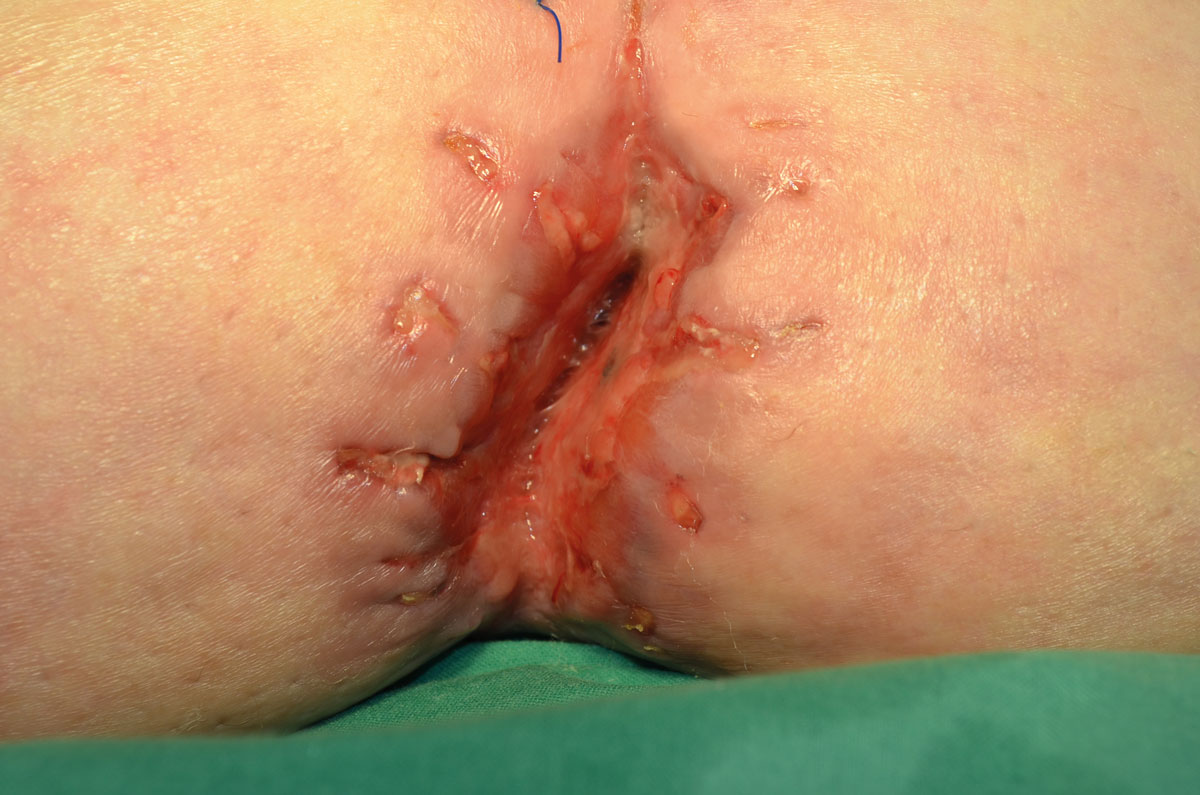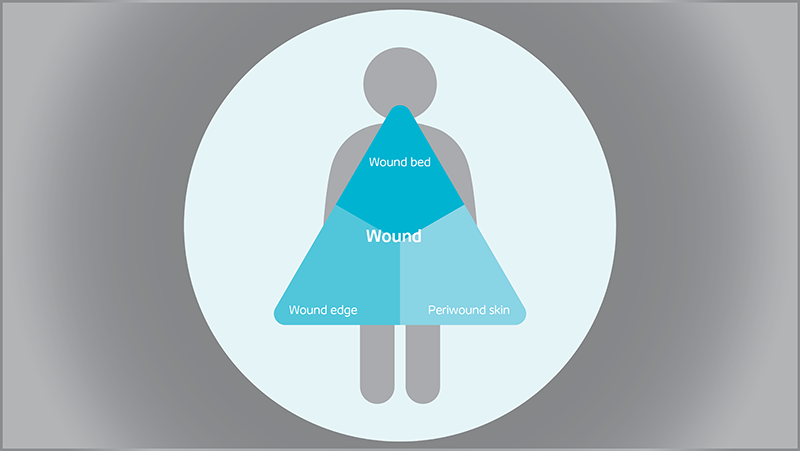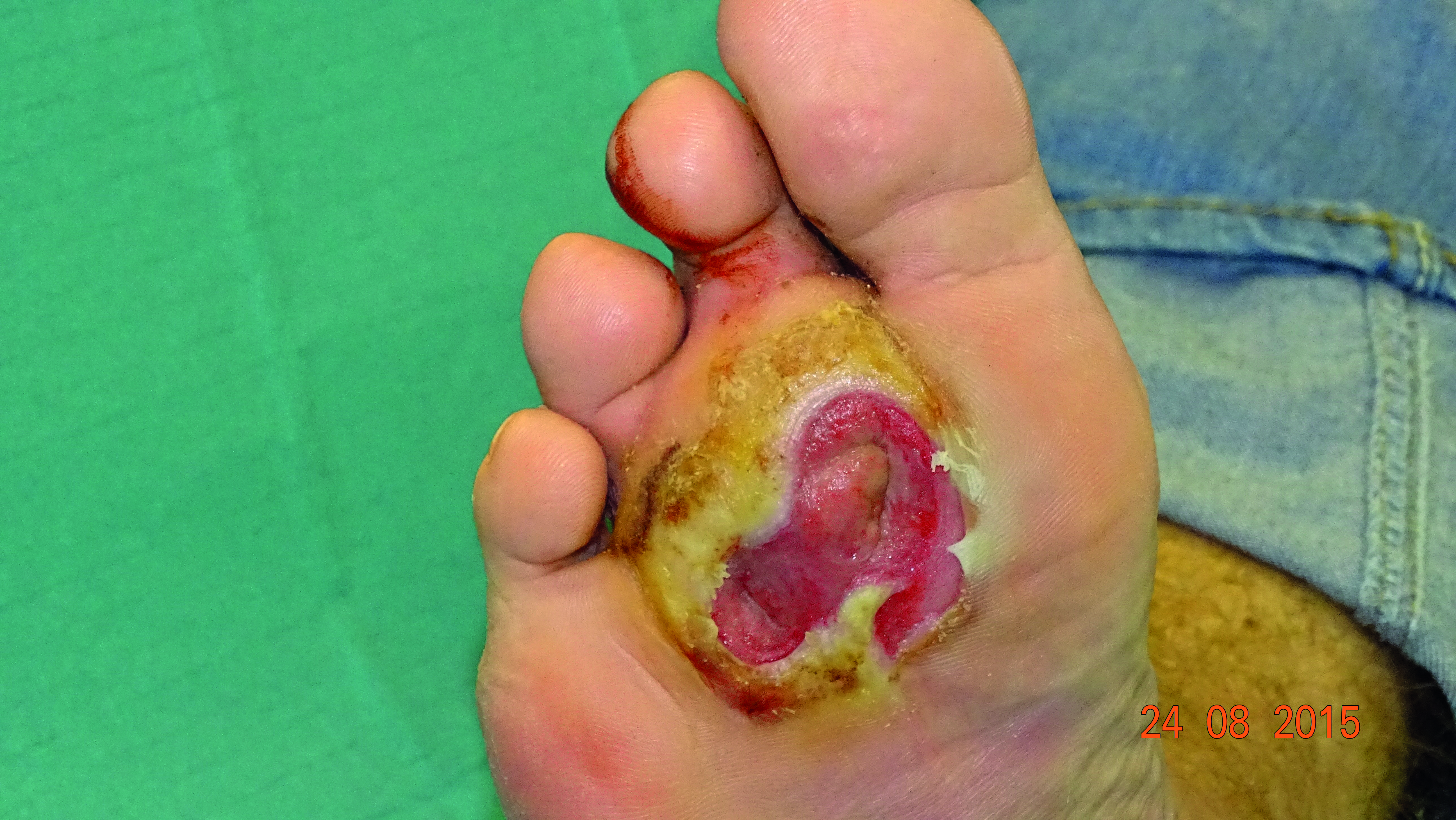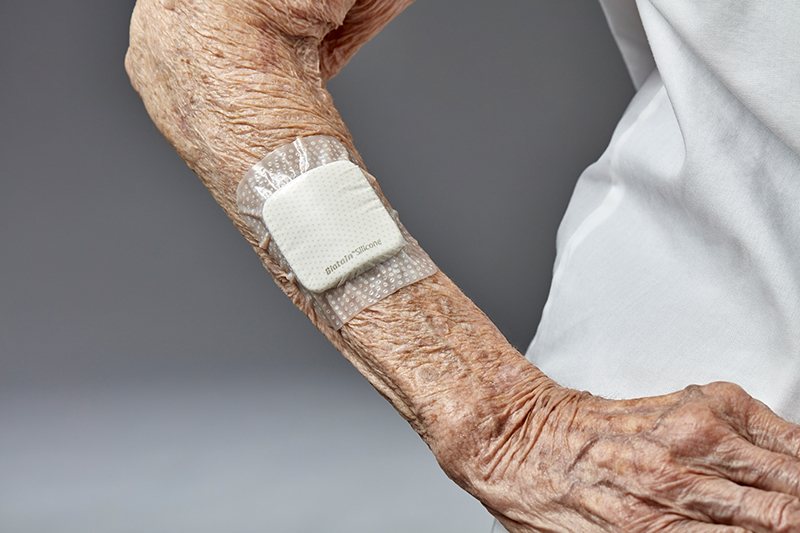Surgical wound dehiscence – what it is and why it is important
In this section, you’ll learn:

What is surgical wound dehiscence?
Healthcare professionals define surgical wound dehiscence (SWD) in different ways. However, a recent consensus document defines surgical wound dehiscence as any time the margins of a closed surgical incision in the skin separate. In surgical wound dehiscence, the underlying tissue, organs, or implants can be exposed. There can be a single or multiple separations, or the entire incision can open up again. A dehisced (or open) incision may or may not display clinical signs of infection.1
What causes surgical wound dehiscence?
There are three main causes of SWD:
- technical issues,
- mechanical stress, or
- disrupted healing.1
Let’s take a closer look at each cause.
Technical issues
This is when the incision opens up due to some technical failure. Surgical wounds are closed using sutures, stables or adhesive. This material can fail, causing the wound to open up again. For example, suture knots can unravel or sutures can break.1
Mechanical stress
Mechanical stress can cause surgical wound dehiscence in two ways:
- it can cause the closure material to fail. For example, when a patient with an abdominal or cardiothoracic incision coughs or sneezes, this can cause sutures to break.1
- it can rupture the healing tissues. For example, excess fluid (oedema) can cause the tissues around the wound closure to swell, which can place stress on the closure material.1
Disrupted healing
Healing can be disrupted because of a patient’s comorbidities (existing medical conditions). It can also happen because of a treatment that delays the healing process. Surgical site infection (SSI) can also delay healing and lead to surgical wound dehiscence.1
NOTE: Although there is a link between surgical wound dehiscence and Surgical Site Infection, not all dehisced wounds are infected. Likewise, not all infected surgical wounds will dehisce. Find out more about how to tell if a surgical wound is infected here.
While it can be difficult to establish how often surgical wound dehiscence occurs, the incidence rates range from 0-4%-3.8% for laparotomies to up to 18.7%-21.5% for abdominoplasty following bariatric surgery. The highest rate of surgical wound dehiscence occurrence is in pilonidal sinus surgeries (41.8%).
Did you know? In community settings, surgical wound dehiscence is most likely to occur in the abdomen, leg and chest.
How surgical wound dehiscence impacts the patient
Surgical wound dehiscence can negatively impact a patient’s mental, physical and social well-being. Additionally, mortality rates for patients with surgical wound dehiscence can be very high. For example:
- Patients with sternal surgical wound dehiscence have a mortality rate of 11%-53%
- For abdominal surgical wound dehiscence, the mortality rate can be as high as 35%
- Patients with abdominal surgical wound dehiscence are also at a greater risk of developing an incisional hernia (up to 83%)
A considerable portion of non-healing wounds are surgical wounds. This shows how important it is to effectively assess and manage surgical wounds. Find out how to do that in this article.
References
- World Union of Wound Healing Societies Consensus Document. Surgical wound dehiscence improving prevention and outcomes.
You may also be interested in…

Patient case
Learn how a postoperative abdominal wound was managed with a silicone foam dressing.

Triangle of Wound Assessment
Conduct a holistic and systematic wound assessment with our tool.


